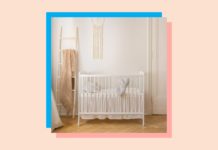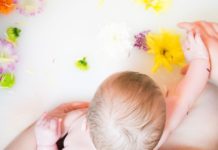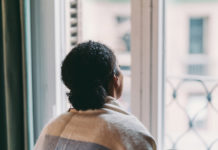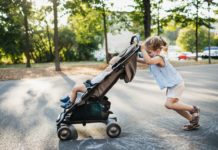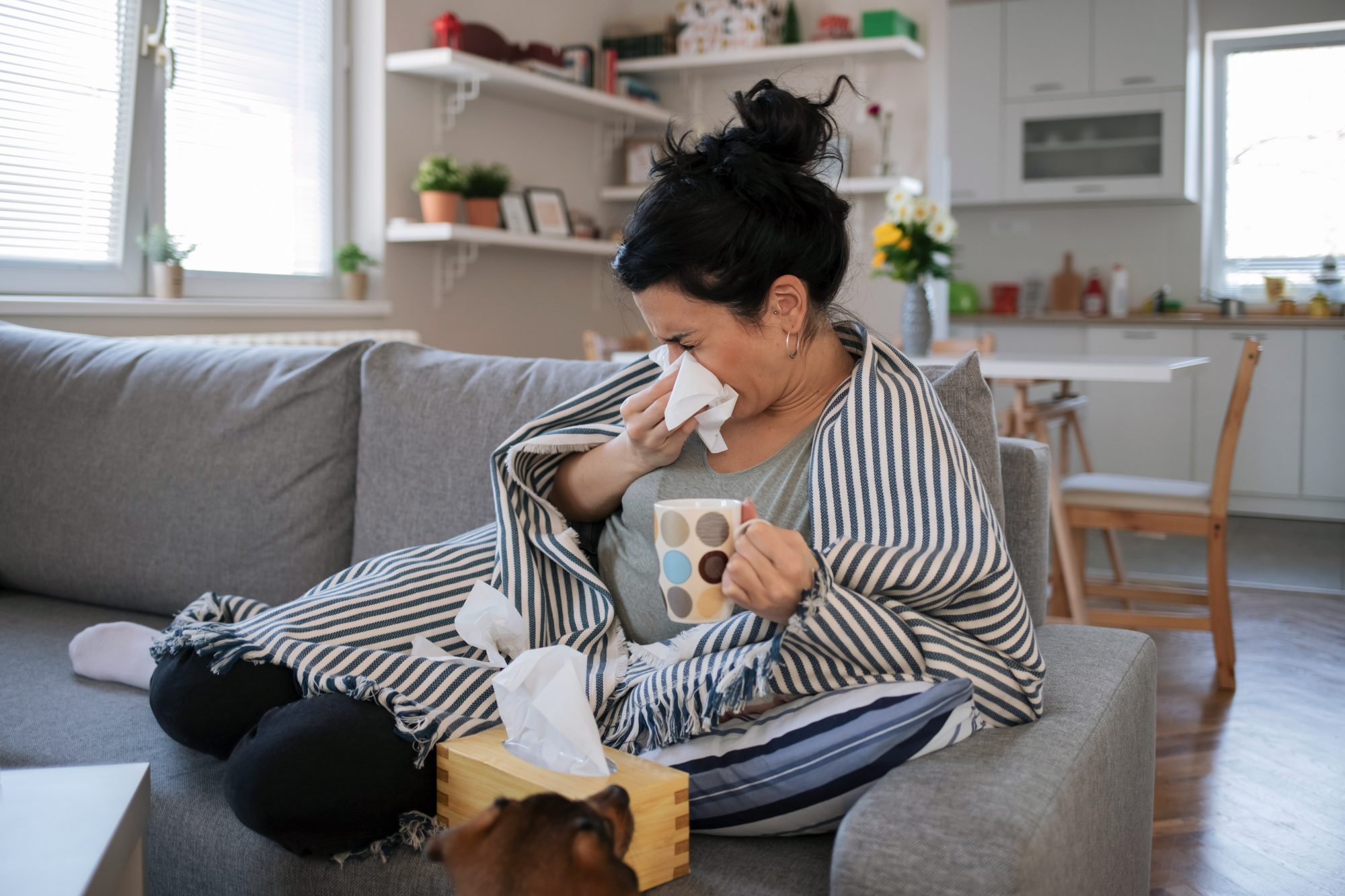
Many parents say devices like the NoseFrida are lifesavers when their baby is sick. Makes sense since these nasal aspirators help their little one's breathe again when they get all stuffy.
But during the pandemic, concerned parents have written in forums and private Facebook groups, stating that they became sick after using the NoseFrida on their babies. With a deadly virus going around, it's easy for any parent to become nervous.
Is it really possible to get sick from using a NoseFrida? Good news parents, experts say you probably shouldn't worry too much-especially if you are using the product correctly.
The NoseFrida Benefits
Many parents have indeed called the NoseFrida-aka snotsucker-a "lifesaver," says Rashmi Jain, M.D., pediatrician and founder of BabiesMD, Pediatric Urgent Care. "In the first few months of life, babies are 'obligate nasal breathers' so they are not able to breathe through their mouths. If their nose is congested, they can't breathe; If they can't breathe, they can't eat or sleep comfortably either," says Dr. Jain. "Now, one has a fussy baby on their hands." That's where the NoseFrida comes in. "The NoseFrida is more effective at removing mucus from their nostrils than a manual bulb aspirator," she adds.
Matthew Harris, M.D., a pediatrician in pediatric emergency medicine at Northwell Health, says, "Like other products, it is used with some nasal saline to help loosen up the mucus and then remove it by sucking on the back end of the Frida."
The process of using one can seem unsanitary and risky at first when it comes to disease transmission. Clinical studies during the NoseFrida's inception in the late '90s, Dr. Jain points out, showed that with proper use of the hygienic filter there was no bacteria growth at the part of the device that goes into the parent's most. "Unfortunately, the clinical studies did not evaluate for the presence of viral particles at either end of the device," she adds. Viruses are much smaller in size than bacteria.
"That being said, the risk of becoming infected by the virus causing your baby's illness (even COVID-19) might not necessarily be increased by using the NoseFrida. As a parent you're still exposed to your baby's sneezes, coughs, tears, and saliva while caring for your child. This in itself is usually enough to create viral transmission to a parent regardless of how they remove mucus from their baby's nose," says Dr. Jain.
Parents should also remember to protect themselves by washing their hands with soap and water when they have a sick baby at home, says Dr. Harris.
How to Properly Use a Nose Frida
Reach for the NoseFrida when you notice your little one is dealing with nasal discharge that's making them uncomfortable or disrupting their daily activities like drinking and sleeping. Then follow these steps.
Put Baby in the right position
Dr. Jain recommends laying the baby down on their back and keeping them in a secure position. If you have a partner at home or someone helping out, have them hold the baby's arms, torso, and forehead still. Or instead, the other person can hold the baby upright in their lap facing toward the suctioning parent and wrap their hand around the baby's arms and torso while holding the forehead steady. "Having the baby secure in one position will prevent accidentally hurting the child or parent," explains Dr. Jain.
Use nasal saline
"Place a few drops of nasal saline in the nose of the child," says Dr. Harris. The nasal saline helps to loosen thick, dry mucus and can shrink those inflamed nasal passages. Wait a few seconds for the saline to pass into the baby's nasal passages.
Insert the device
Put the nasal tip of the aspirator device at the entry of the nose. "It does not need to go into the nostril; it merely needs to make a seal with the opening of the baby's nostril so that when you apply suction, the vacuum created pulls the mucus outwards," says Dr. Jain.
Place the red aspirator suction tip in your mouth and begin to suck. "You might gently move the angle of the nasal aspirator tip in a circular motion to see if it helps extract more mucus," adds Dr. Jain.
Clean up
Once you finish sucking those snots out, it's time to sanitize. Make sure to throw out the hygienic filter and wash the large nasal tube with hot water. Also, clean the thin suctioning tube by adding a few drops of rubbing alcohol into one end so it passes through to sterilize the device, says Dr. Jain.
After all the parts are either hand or air dried, reassemble the aspirator with a new hygienic filter so that it is ready to go for next time. "Listen for all the clicks to know everything is connected appropriately," says Dr. Jain.
Don’t overuse
But try not to overuse these devices since they can cause some swelling in the nose, adds Dr. Harris. NoseFrida says you can use it up to four times a day. Nationwide Children's Hospital also suggests limiting suctioning mucus out of your baby's nose in general to four times a day.
And always keep monitoring your baby's symptoms too. "If you are concerned that the child is having difficulty breathing or feeding and this does not improve after nasal suctioning, please speak with your provider or seek medical care," says Dr. Harris.

